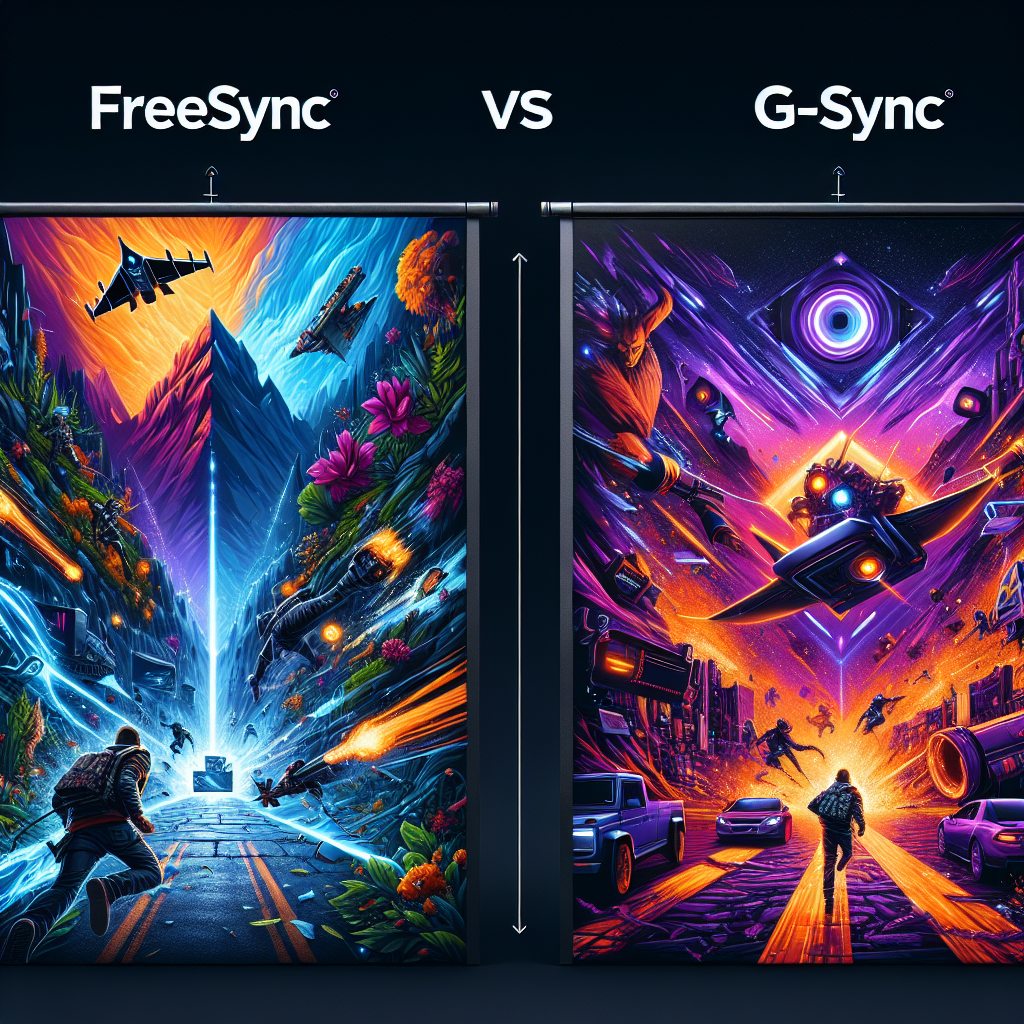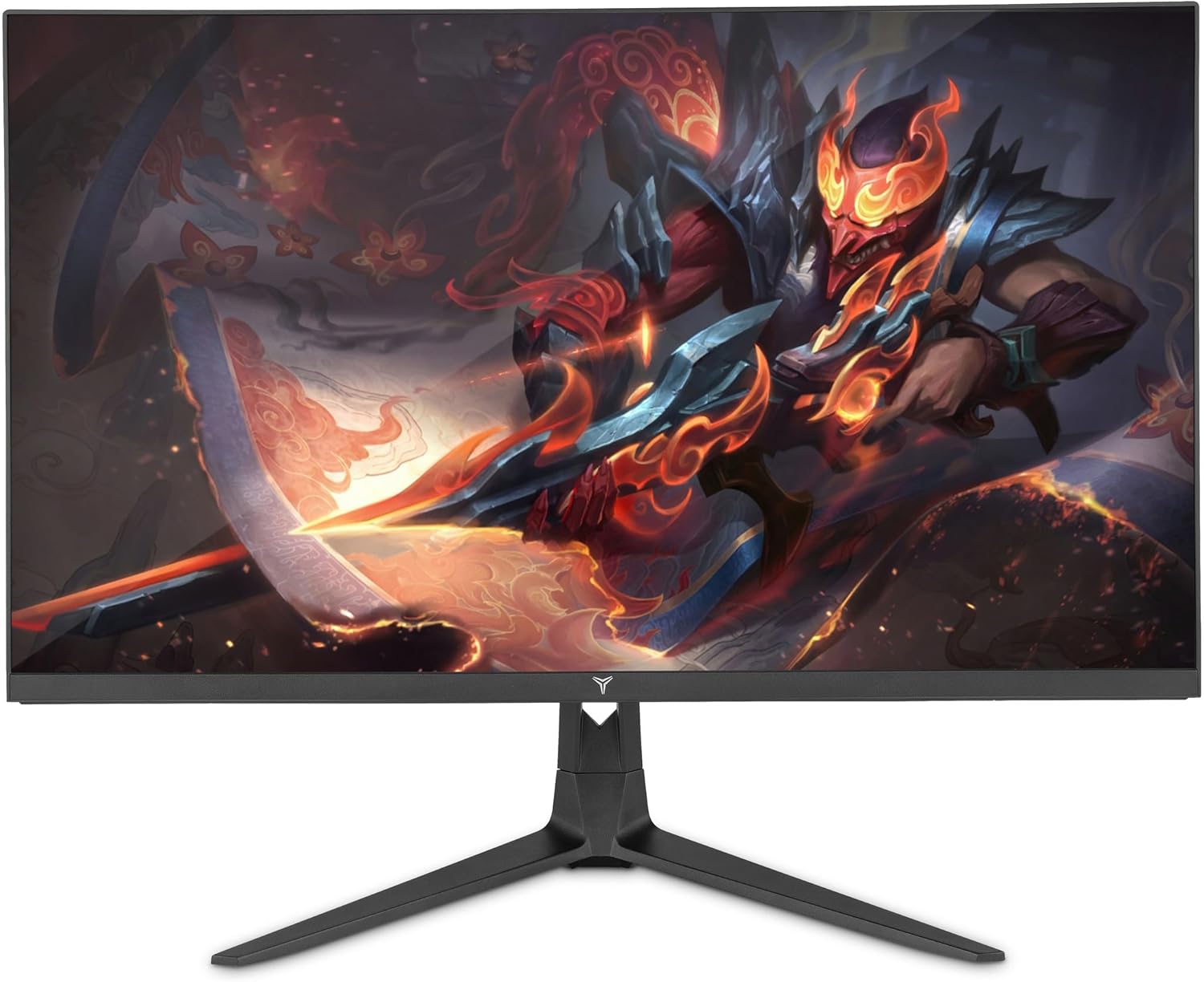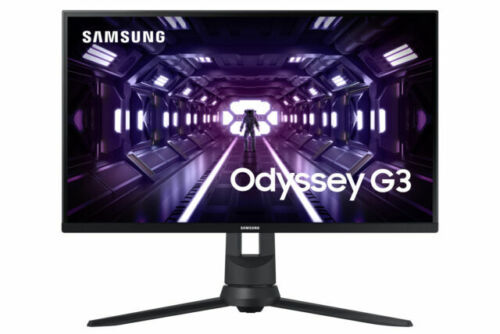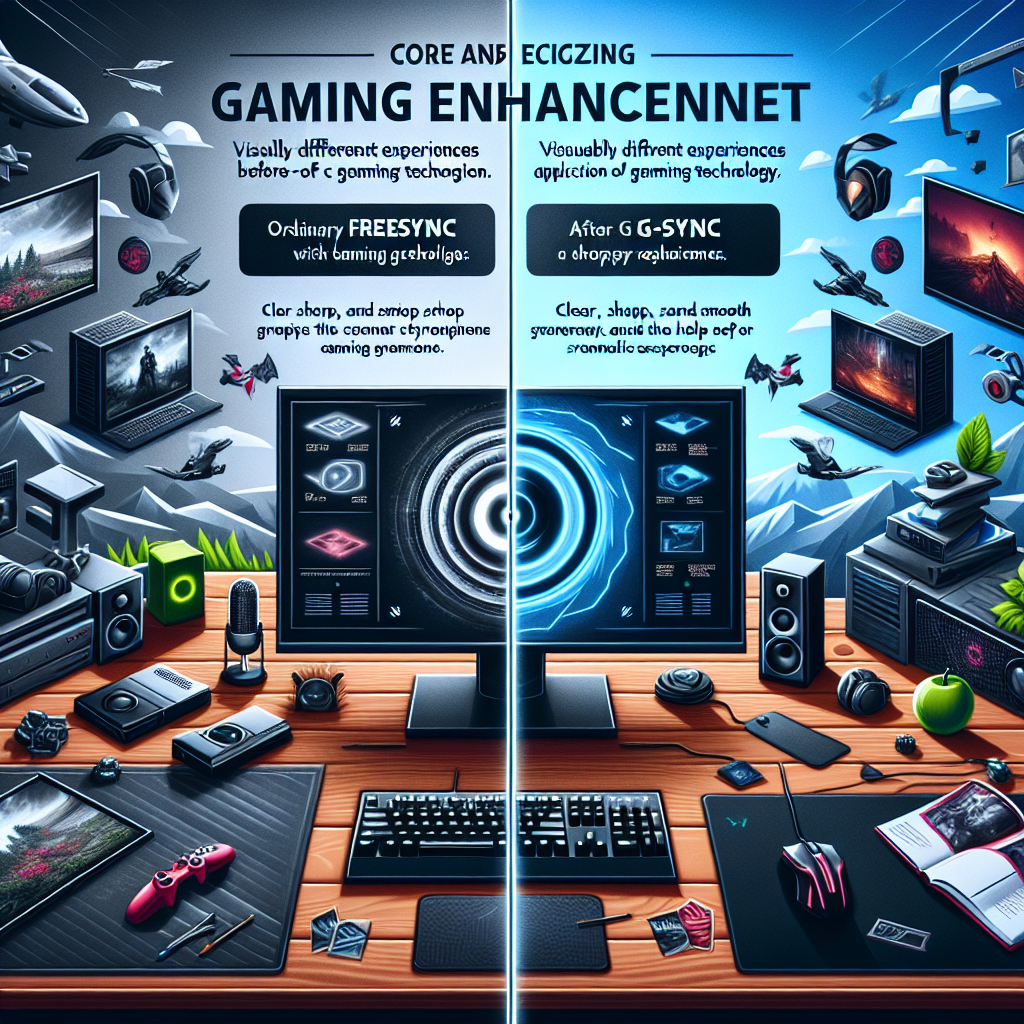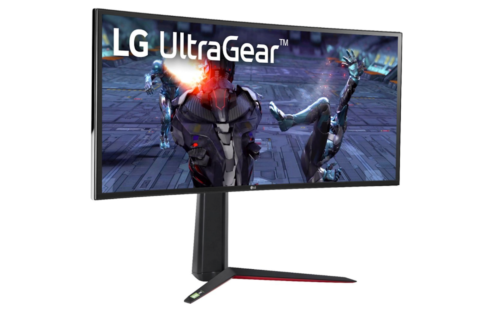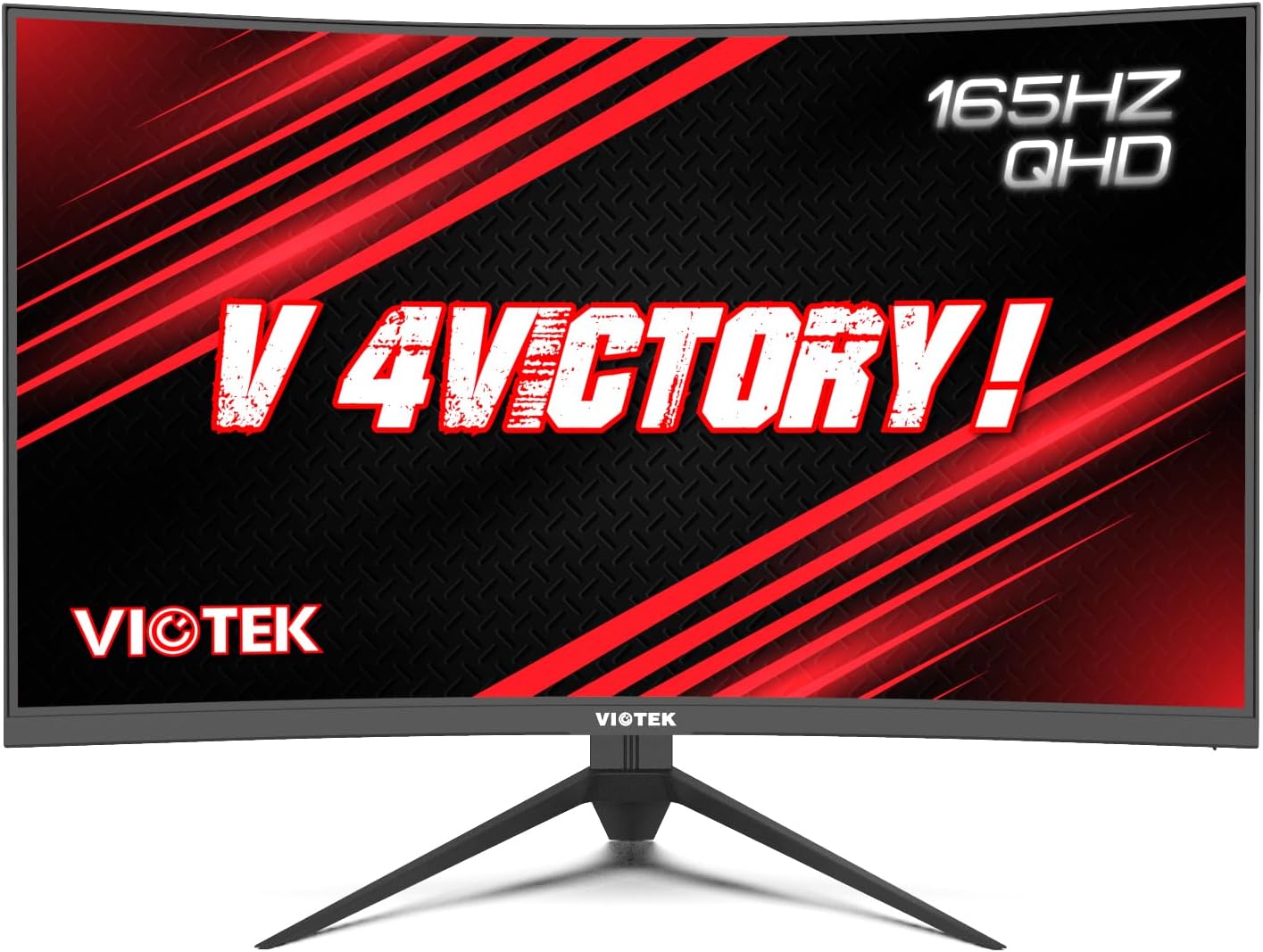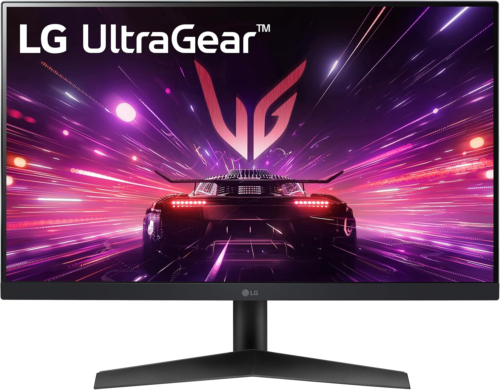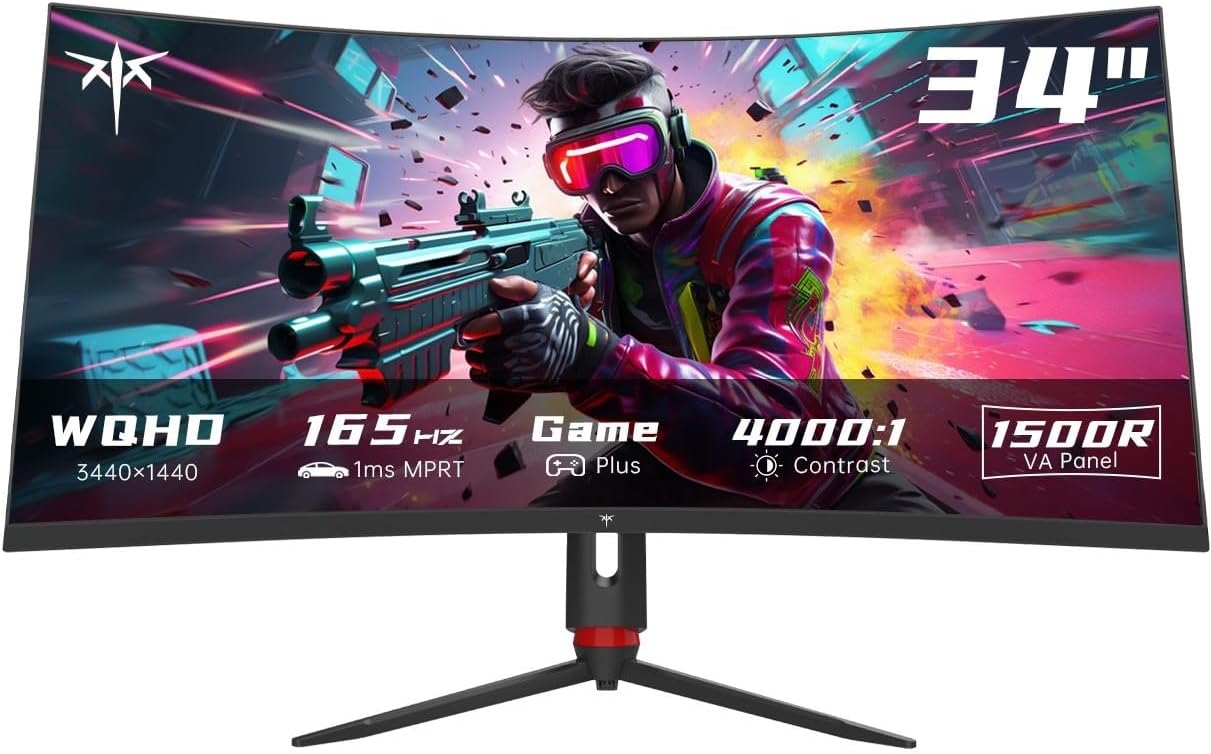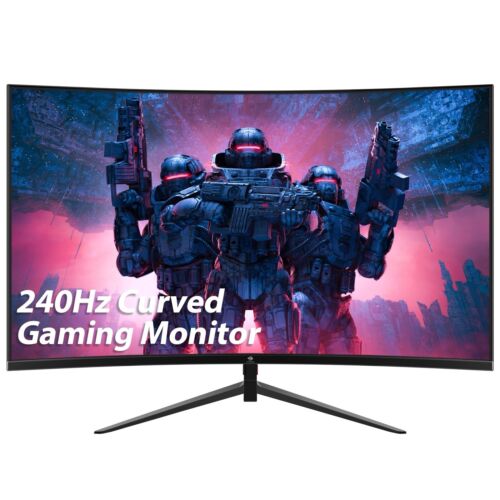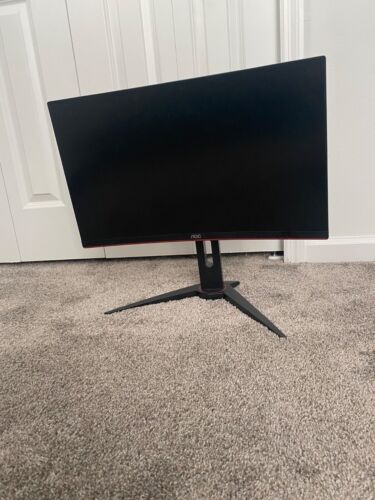If you’re a PC gamer looking to enhance your gaming experience, you may have come across the terms Freesync and G-Sync. These technologies aim to eliminate screen tearing and stuttering, providing a smoother and more immersive gaming experience. But what are the key differences between Freesync and G-Sync, and which one is right for you? Let’s break it down.
Freesync and G-Sync are both adaptive sync technologies that synchronize the refresh rate of your monitor with the frame rate of your graphics card. This helps to eliminate stuttering and screen tearing, resulting in a smoother and more responsive gameplay experience. However, there are some key differences between the two technologies.
One of the main differences between Freesync and G-Sync is the hardware requirements. Freesync is an open standard developed by AMD, which means that any monitor manufacturer can implement it without paying a licensing fee. This has resulted in a wide range of Freesync monitors available on the market at various price points. On the other hand, G-Sync is a proprietary technology developed by Nvidia, which means that monitor manufacturers have to pay a licensing fee to implement it. This has resulted in a smaller selection of G-Sync monitors, typically at a higher price point.
Another key difference between Freesync and G-Sync is the way they handle variable refresh rates. Freesync uses the Adaptive Sync standard, which is part of the DisplayPort standard. This means that Freesync monitors can only work with AMD graphics cards that support DisplayPort. On the other hand, G-Sync uses a proprietary module that is installed in the monitor, allowing it to work with Nvidia graphics cards. This means that G-Sync monitors are not limited to a specific display interface.
In terms of performance, both Freesync and G-Sync offer similar benefits in terms of eliminating screen tearing and stuttering. However, some users have reported that G-Sync provides a slightly smoother and more consistent gaming experience compared to Freesync. This may be due to the fact that G-Sync monitors have a wider variable refresh rate range, allowing them to adapt to a wider range of frame rates.
So, which one is right for you? If you have an AMD graphics card and are looking for a more budget-friendly option, Freesync may be the way to go. There are plenty of Freesync monitors available on the market at various price points, making it easier to find one that fits your budget. On the other hand, if you have an Nvidia graphics card and are looking for the best possible performance, G-Sync may be worth the investment. While G-Sync monitors are typically more expensive, they offer a slightly smoother and more consistent gaming experience.
In conclusion, both Freesync and G-Sync are excellent technologies that can enhance your gaming experience. The key differences lie in the hardware requirements, cost, and performance. Ultimately, the choice between Freesync and G-Sync will depend on your budget, graphics card, and personal preference.
#Freesync #GSync #Key #Differences,freesync&g-sync
